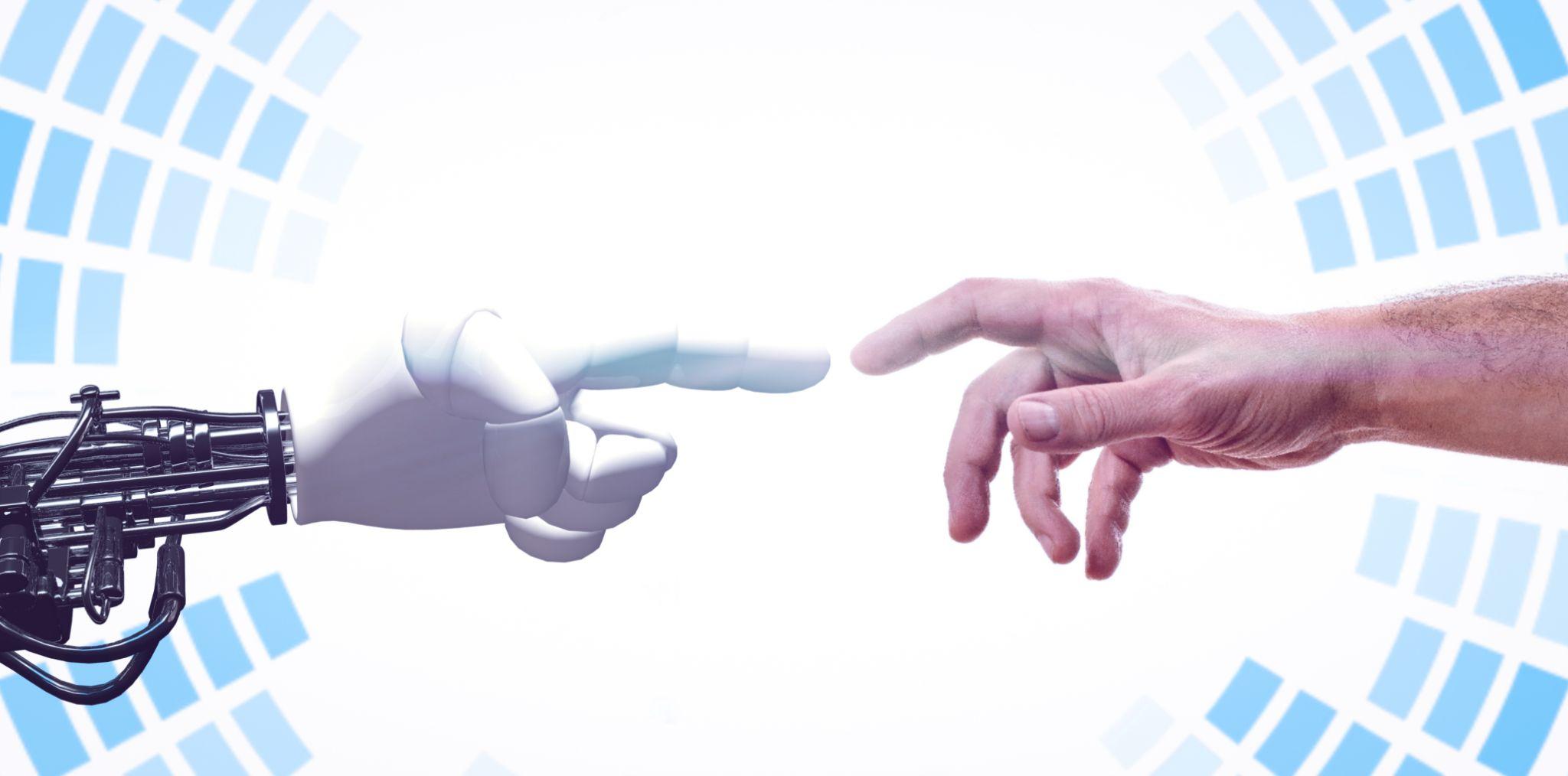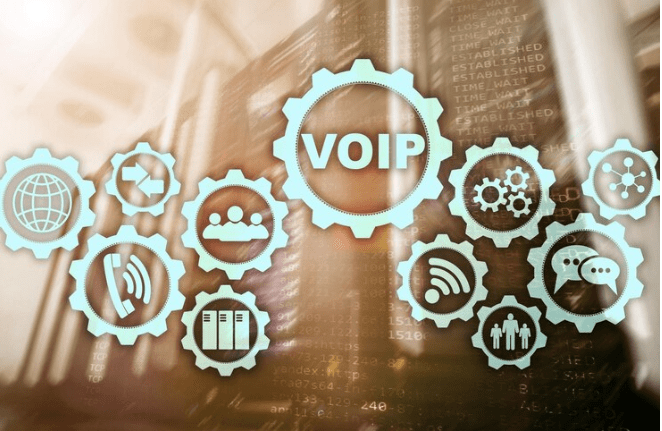
Since healthcare is a data-intensive industry, statistics play a significant role in policy-making and daily operations. Electronic Health Records (EHR) systems have long been at the center of the healthcare industry’s approach to data management and many healthcare practitioners are still learning about the full extent of the benefits that these systems may offer in terms of clinical workflows, processes, and possibilities.
Even though healthcare is a complicated system that can generate massive amounts of data every week or month, we find that most healthcare organizations are not yet developed enough to fully take advantage of the data.
A significant lack of foresight, strategy, and planning persists with regard to developing reliable means of gathering and storing data. To support shared data-driven efforts, it is important for all parties involved in an organization, both operational and technological, to be on the same page.
Why is decision-making based on data so important in the healthcare industry?

https://images.pexels.com/photos/7723389/pexels-photo-7723389.jpeg?auto=compress&cs=tinysrgb&w=600
Improvements in the usage and accessibility of patient data were recently highlighted in a report by the Pew Charitable Trusts. The paper stressed the growing significance of patients having greater access to and control over their own data and its smoother flow. When patients seek care from a variety of specialists and locations, it can be difficult to keep track of their medical history and progress. The benefits to both patients and doctors are obvious, but there are important privacy and data protection considerations that need to be put in place first. Visible data and access would be especially beneficial for patients with chronic health conditions because it would allow them to collaborate when necessary and reduce their own administrative and financial load.
However, there are situations where patients are either charged or denied access to their own medical records. Therefore, businesses are forced to either spend more money on testing or start over. Although this is a tricky issue, the patients should have access to their own data because they are the ones who generate it.
For this reason, healthcare organizations are putting more interest in the analytical methods established through healthcare analytics.
Data-driven decision-making
Health providers rely on four different data sources:
- Patient behavior data can be utilized in ways that increase patient satisfaction, such as by lowering wait times by scheduling additional nurses during peak appointment times or by adjusting procedures depending on patient satisfaction ratings of their healthcare experiences. This information can also make routine checkups less of a hassle, which in turn improves outcomes.
- Claims and cost data analysis can help companies save money and run more smoothly.
- R&D data provide important information about the efficacy of novel medications and therapies, including for particular patient populations.
- Clinical data extracted from patients’ Electronic Health Records (EHRs) may be put to use for a variety of purposes, including the prediction of illnesses that may be avoided by the early identification of individuals who are at risk for illness or disease prior to the manifestation of symptoms.
Data analytics tools and techniques
Decisions are made with empirical evidence by employing the following four forms of data analytics.
1. Descriptive Analytics
Descriptive analytics, in its simplest form, is the practice of describing and illustrating the actions of consumers or clients.
Data like how long a customer spent on a website, which pages they visited the most, which links they clicked on, and which products they purchased are all examples of this type of information used in marketing.
Descriptive analytics in healthcare typically utilizes past patient information. Visits, medication, surgeries, and other treatments, as well as the results, are all recorded here. It also incorporates the invoicing and payment processes, geographic information (useful for measuring population health), and other related fields.
2. Diagnostic Analytics
To better understand what happened and why, such as why those patients were admitted to the hospital, is a central focus of diagnostic analytics.
Diagnostic analytics, often known as root cause analysis, reveals the why behind a company’s or organization’s performance. By examining what customers did (or did not) buy during a given time period, diagnostic analytics can provide insight into the factors driving sales increases or decreases.
Knowledge at every level of an organization’s healthcare system can benefit from diagnostic analytics. Diagnostic analytics can help clinicians, administrators, and executives in the healthcare industry make sense of a wide variety of vexing medical issues.
3. Predictive Analytics
The goal of predictive analytics is to create a model of future behavior based on past data. In order to predict the likelihood of an occurrence, data scientists employ a wide variety of methods, such as statistical analysis, machine learning, and data queries. A score, or numerical representation, of this probability, is provided. Complexity abounds in predictive analytics. In addition to healthcare, predictive analytics are used in the financial sector, the insurance sector, and the scientific research sector.
4. Prescriptive Analytics
Prescriptive analytics assist administrators to find a course of action after they have learned the what, why, and how of an event. Prescriptive analytics, in its essence, is used to identify the optimal answer from the available data. Prescriptive analytics helps businesses make judgments about daily operations, as well as intermediate and long-term objectives.
Prescriptive analytics, like other forms of data analytics, makes use of artificial intelligence and machine learning to make sense of the massive amounts of available data and provide actionable recommendations. Such tasks as generating delivery routes can be programmed automatically.
Prescriptive analytics has the potential to improve healthcare while decreasing expenses.
Conclusion
The healthcare business is currently a hotbed of innovation due to the emergence of algorithms, automation, machine learning, artificial intelligence (AI), artificial neural, and clever technologies. Amazing data is produced by these systems and solutions, filling large virtual lakes with the knowledge that may one day lead to the prevention and treatment of disease and the enhancement of healthcare.
The healthcare sector has access to these same instruments, which can be used to delve deeper into this data and unearth insights that could change the way a patient is managed or how a medical institution conducts patient care.








